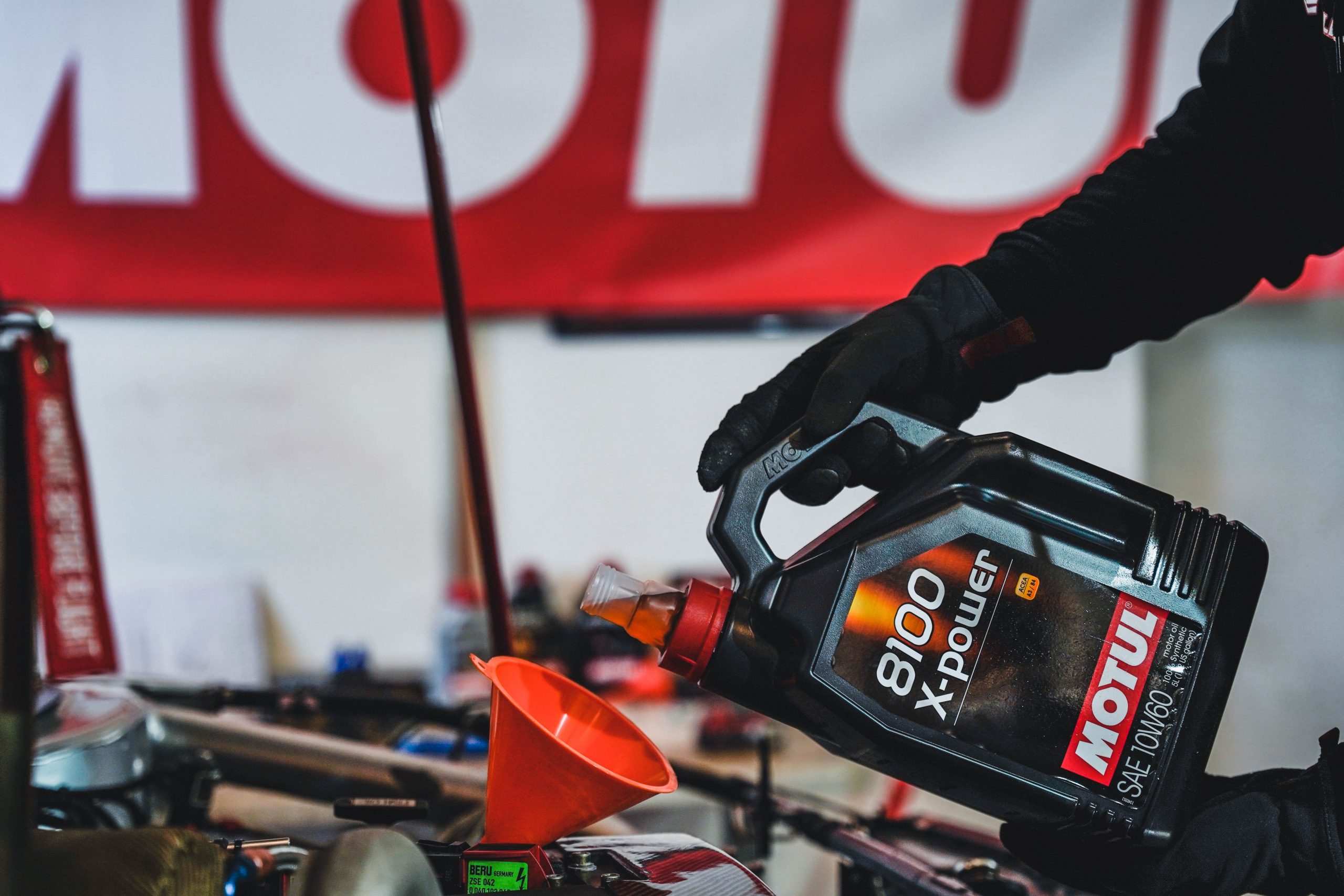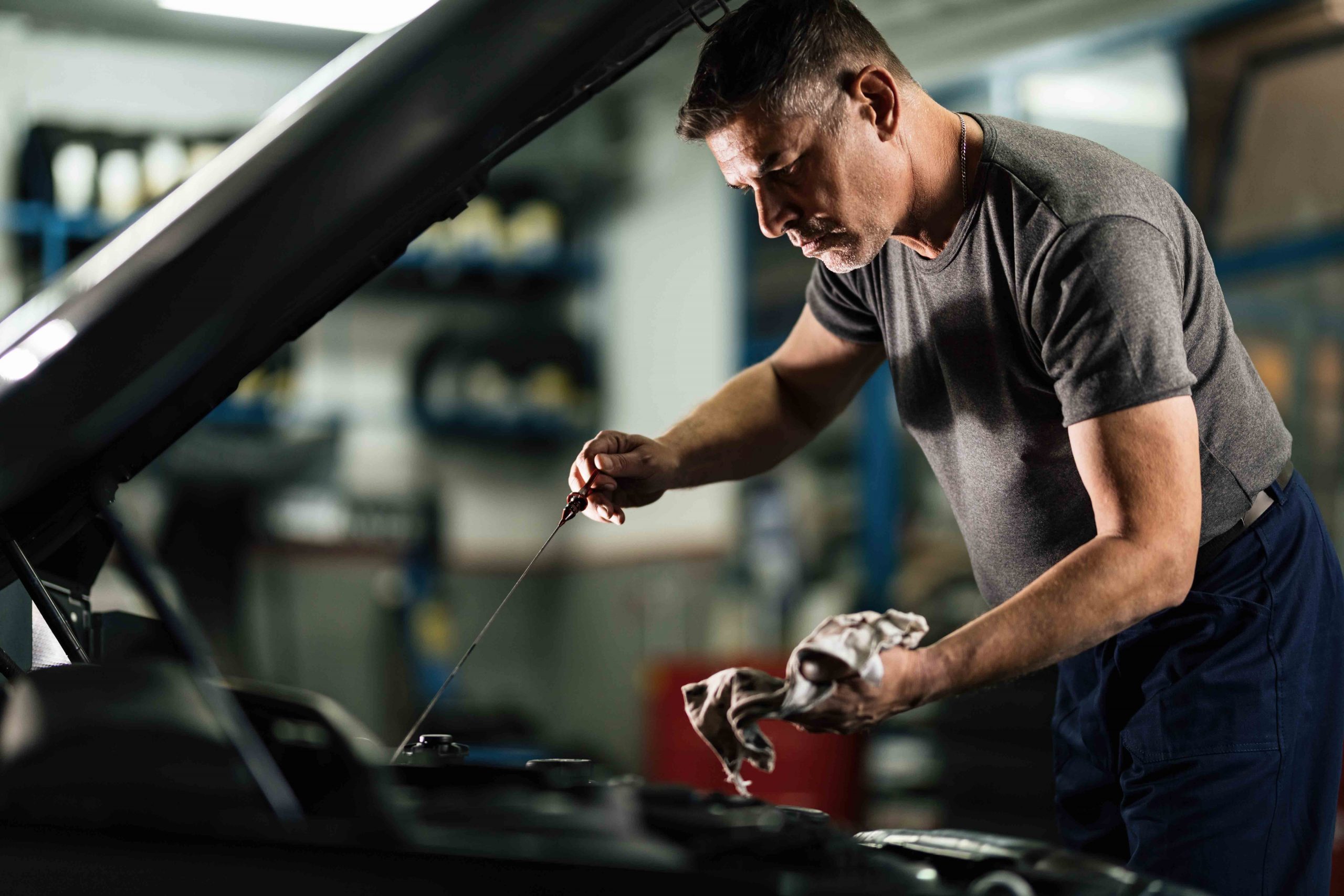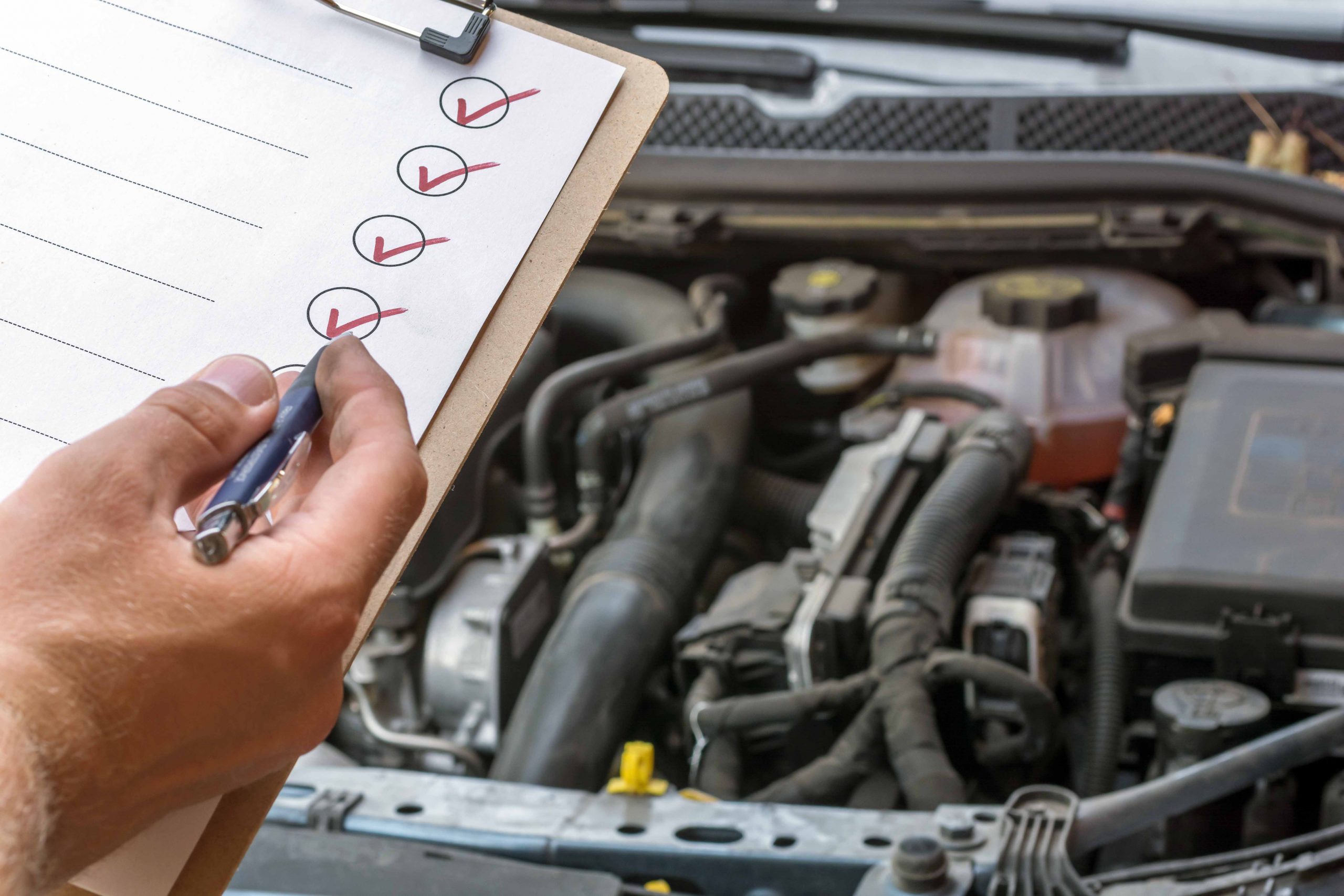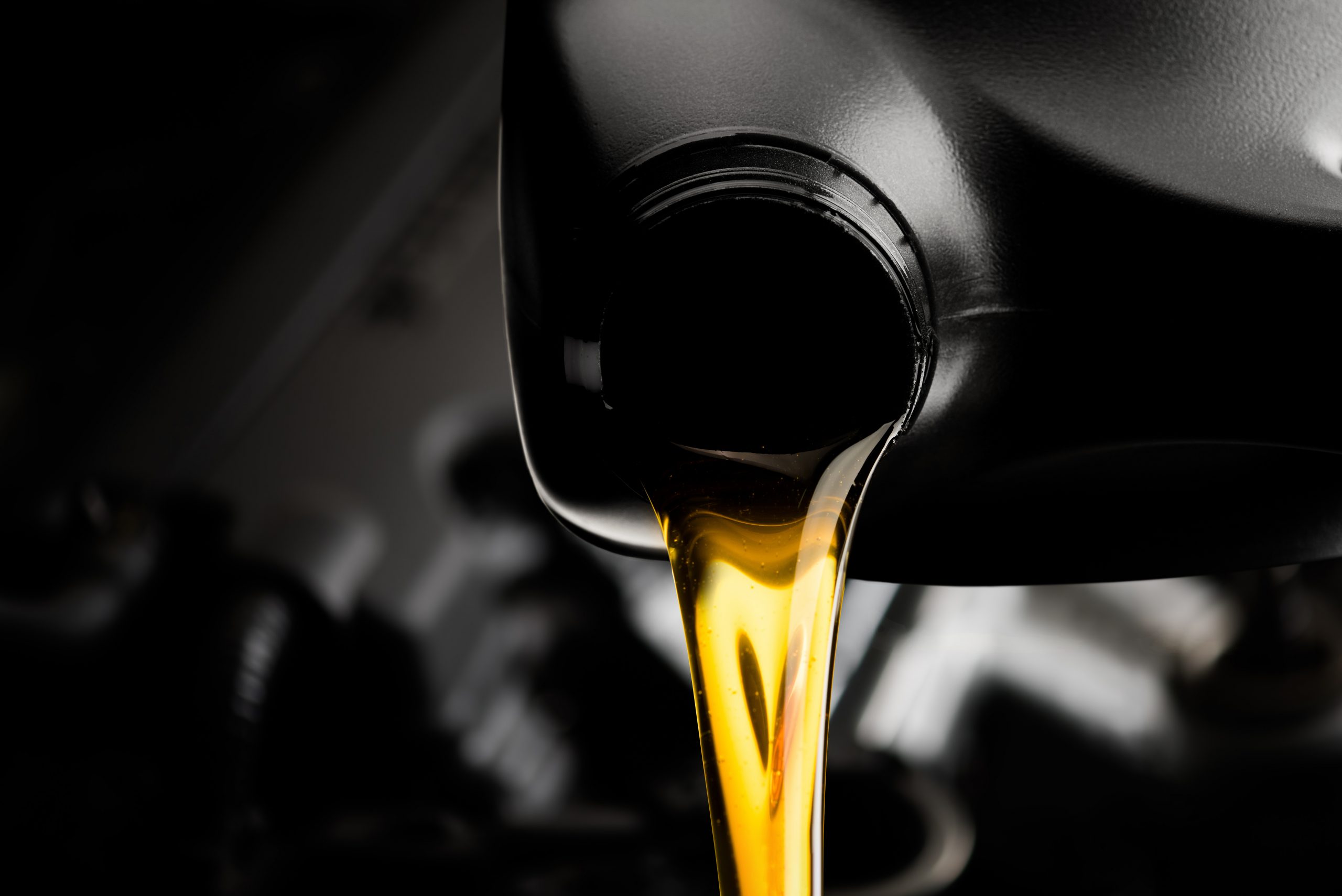A helpful guide to oil change intervals

Vital to avoid the build up of impurities, engine wear and tear, and reduced performance pressure, checking oil levels and quality is a must for all vehicle owners and garage technicians. We asked Motul’s Technical Support Manager in Paris – Alex Hornoff to explain more about oil changes and why they are so important…
How often oil should be checked and replaced depends nowadays to the specific OEM requirements. In modern cars with an oil level and quality sensor the oil level is being checked on a regular basis and informs the driver if the oil level is at minimum. When this information appears on the dashboard, then immediate top-up with the right oil quality, ideally with the same oil quality is recommended. During the vehicles operation the ECU is collecting different information about theoperation conditions e.g. number of starts, distance, coolants and oil temperature and for Diesel number of incomplete DPF regenerations.
With the collected data the system evaluates the vehicles operating conditions, which are rated either as heavy or normal operating conditions. According to that the oil drain interval (ODI) or remaining time until the next oil service are being reduced or kept to the maximum. In older vehicles without oil level and quality sensor the oil level should be checked manually with the dipstick according to the recommendation given by the owner manual e.g. every 1.000 miles..

There will be tell-tale signs that oil hasn’t been changed in a long time
In general a visual or instant oil check gives not enough information regarding the current oil condition, oxidation and no information how much wear and tear already appears. If the oil hasn’t been changed according to the OEM requirements and adopted to the operating conditions, the lubricant will be
contaminated with solid impurities e.g. soot, dust, metal wear, which will cause sludge, heavy wear and tear on all engine components e.g. main bearings or turbo charger bearings and will reduce dramatically the overall engine lifetime duration.
At the same time also liquid contamination, e.g. unburned fuel, water or acids. This will affect the lubricant condition and performance. Engine oil dilution with unburned petrol, because of frequent short distance driving, will reduce the engine oil viscosity and this will have direct impact on the engine oil
pressure as well. Usually the lubrication circuit is fitted with oil pressure sensors. Those oil pressure sensors observe the oil pressure during driving and will give a warning to the driver on the dashboard and the engine should be switched off immediately.

Good general tips for using lubricants
- Oil change with the right quality and operation on a regular basis is crucial for a long engine lifetime duration.
- Use lubricants, which comply with OEM service-fill approvals, specifications, homologations or standards only. The information regarding the oil quality which is needed for your vehicle you can find in the owner manual or service documentation or on the Motul Lube Advisor.
- For seasonal used vehicles the oil change before winterising is recommended. All the contamination and impurities are removed from the lubrication circuit and the engine is perfectly protected with the fresh oil. Ageing of the engine oil during wintering is similar to the ageing in a closed oil can – nearly zero.
- Don’t operate the vehicle with too low oil level, because the mechanical and thermal stress can become too high for the remaining oil quantity. Heavy wear and tear will occur and can end up in worst case with serious engine damage, which needs cost intensive repair work.
- To avoid driving with low oil level it’s recommended to carry a 1 litre top-up oil can with the same oil quality which has been used for the oil service. In case you need top-up oil, the right oil quality can be used straight, convenient and the travel can be continued without any risk. And you save money when you are using your top-up oil instead of buying expensive oil for top-up from gas stations.
- Selling top-oil actively will bring additional turnover for the workshop. You can place the top-up oil can in the trunk with the offer to the customer, if the top-up oil hasn’t been used until t h e next oil service it will be used for the next service.
- When the engine has an increased oil consumption due to high mileage you can reduce the consumption with a higher viscosity grade if the oil is still in line with OEM requirements.
What should a technician look out for when inspecting the quality of the lubricants used?
- Oil drain intervals should be adapted to operating conditions and hardware modifications.
- In case the oil level is too high, check if this could occur due to leaking or damaged injectors or too many incomplete DPF regenerations.
- Ask the vehicle owner regarding the type of personal use and evaluate if it runs under normal or heavy operating conditions.
- Check if there is no income coolant into the lubrication circuit.
- In case of an expected engine damage a used oil sample can be analysed in a laboratory and show the type and quantity of wear and tear and give the answer for the initial reason for the damage.
Best ways to ensure a clean and easy lubricant change
- Right place usually a workshop with the right equipment and tools for an oil change. Waste oil has to be collected and disposed according to the local regulations.
- Check upfront which oil quality and quantity is needed, have the right engine oil and oil filter cartridge ordered from your wholesaler or supplier.
- Warm-up the engine before oil change. With increased oil temperature the viscosity is reduced. This has impact on time needed for the oil change procedure and how much used oil quantity will be drained.
- If the engine runs under heavy operating conditions, it will cause additional deposits in the lubrication circuit. The use of a cleaning additive like Motul Engine Clean before oil change allows to remove dirt with the oil change from the entire lubrication circuit and remains the detergence and dispersion performance of the new oil for a longer period of time.
- Use the right oil quantity. If there is too much engine oil in the lubrication circuit it will damage seals and the exhaust gas after-treatment system e.g. lambda probe, catalytic converter and particulate filter.

If you are in any doubt about what oil to use, when it needs changing, or how it can affect you vehicle’s performance, we are here to help. We offer a free review of your lubricant usage and provide friendly support and technical or oil storage advice. Please get in touch!



Leave a Reply